The Importance of Solar Energy Conversion Efficiency
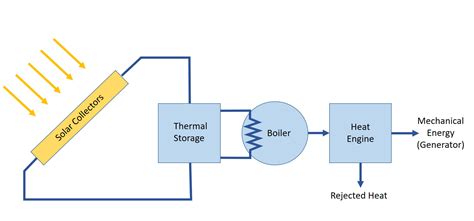
Solar energy is a renewable and abundant source of energy that has the potential to meet a significant portion of our energy needs. With advancements in technology, solar energy has become more affordable and accessible to residential and commercial users. One key factor that affects the viability of solar energy is its conversion efficiency, which determines how much sunlight can be converted into usable energy.
- What is Solar Energy Conversion Efficiency?
- Factors Affecting Solar Energy Conversion Efficiency
- Solar Energy Conversion Efficiency Formula
- Solar Panel Energy Conversion Efficiency
- Solar Cell Energy Conversion Efficiency
- Standard Solar Energy Conversion Efficiency
- Photosynthetic Solar Energy Conversion Efficiency
- Explain Solar Energy Conversion Efficiency
- Solar to Hydrogen Energy Conversion Efficiency
- Highest Energy Conversion Efficiency Solar Cells
- High Efficiency Solar Energy Conversion
What is Solar Energy Conversion Efficiency?
Solar energy conversion efficiency refers to the percentage of sunlight that can be converted into electricity or heat. It is a measure of how effectively a solar panel or solar cell can capture and convert sunlight into usable energy. The higher the conversion efficiency, the more energy can be generated from a given amount of sunlight.
Factors Affecting Solar Energy Conversion Efficiency
There are several factors that can impact the efficiency of solar energy conversion, including the quality of the solar panel or solar cell, the angle and orientation of the panel, and environmental factors such as shading and temperature. Improvements in technology and materials have also played a role in increasing the efficiency of solar energy conversion.
Solar Energy Conversion Efficiency Formula
The formula for calculating solar energy conversion efficiency is:
Efficiency = (Energy output / Energy input) x 100%
This formula takes into account the amount of energy that is converted from sunlight into electricity or heat, and compares it to the total amount of energy received from the sunlight. The result is then multiplied by 100 to express the efficiency as a percentage.
Solar Panel Energy Conversion Efficiency
Solar panels are devices that are used to convert sunlight into electricity. The efficiency of a solar panel is determined by how well it can capture sunlight and convert it into usable energy. The most efficient solar panels on the market today have conversion efficiencies of around 22-23%.
Solar Cell Energy Conversion Efficiency
Solar cells are the building blocks of solar panels, and are responsible for converting sunlight into electricity. The efficiency of a solar cell is determined by factors such as the quality of materials used and the design of the cell. The most efficient solar cells on the market today have conversion efficiencies of around 26-27%.
Standard Solar Energy Conversion Efficiency
The standard solar energy conversion efficiency is typically around 15-20% for most commercially available solar panels. Advances in technology and manufacturing processes have led to improvements in efficiency, allowing for higher levels of energy generation from sunlight.
Photosynthetic Solar Energy Conversion Efficiency
Photosynthesis is the process by which plants and algae convert sunlight into chemical energy. The efficiency of photosynthesis is typically around 1-2%, much lower than the conversion efficiency of solar panels or cells. Researchers are studying photosynthesis to better understand how to improve the efficiency of artificial solar energy conversion technologies.
Explain Solar Energy Conversion Efficiency
Solar energy conversion efficiency is a measure of how well a solar panel or solar cell can convert sunlight into usable energy. Higher efficiency means more energy can be generated from the same amount of sunlight, making solar power more cost-effective and sustainable. Improving solar energy conversion efficiency is key to maximizing the potential of solar energy as a clean and renewable energy source.
Solar to Hydrogen Energy Conversion Efficiency
Solar to hydrogen energy conversion efficiency refers to the efficiency of using solar energy to produce hydrogen through processes such as water electrolysis. Hydrogen is a clean and versatile energy carrier that can be used for various applications, including fuel cells and energy storage. Improving the efficiency of solar to hydrogen conversion technologies is important for advancing the use of hydrogen as a renewable energy source.
Highest Energy Conversion Efficiency Solar Cells
The highest energy conversion efficiency solar cells on record are multi-junction solar cells, which are made of multiple layers of different materials that can capture a broader range of sunlight. These cells have achieved conversion efficiencies of over 46% in laboratory settings, although commercial versions are typically less efficient. Researchers continue to investigate new materials and designs to further improve the efficiency of solar cells.
High Efficiency Solar Energy Conversion
High efficiency solar energy conversion technologies are essential for maximizing the potential of solar power as a clean and sustainable energy source. Advances in materials science, engineering, and manufacturing processes have led to significant improvements in solar energy conversion efficiency over the years. Continued research and development efforts are focused on increasing efficiency, reducing costs, and expanding the use of solar energy in various applications.
In conclusion, solar energy conversion efficiency plays a crucial role in determining the effectiveness of solar power as a renewable energy source. By improving the efficiency of solar panels and cells, we can harness more energy from the sun and reduce our reliance on fossil fuels. Continued advancements in technology and research will drive further improvements in solar energy conversion efficiency, making solar power an increasingly viable and attractive option for meeting our energy needs.
Learn More :
 The Future of Energy Sustainability: Harnessing Solar Energy
22 February 2024 by Admin
The Future of Energy Sustainability: Harnessing Solar Energy
22 February 2024 by Admin
As the world continues to face challenges in meeting energy demands while also reducing carbon emissions, the focus has turned to renewable energy sources. Among these sources, solar energy stands out...
 The Basics of Solar Energy
22 February 2024 by Admin
The Basics of Solar Energy
22 February 2024 by Admin
Solar energy is a renewable source of energy that is derived from the sun's rays. It is becoming increasingly popular as countries around the world strive to reduce their reliance on fossil fuels and ...
 The Role of Solar Energy in Space Exploration
22 February 2024 by Admin
The Role of Solar Energy in Space Exploration
22 February 2024 by Admin
Solar energy has played a crucial role in the advancements of space exploration. Since the beginning of space travel, solar power has been utilized to fuel spacecrafts, power rovers on other planets, ...
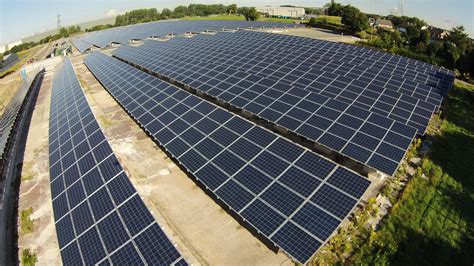 The Rise of Solar Farms: Large-Scale Solar Power Generation
22 February 2024 by Admin
The Rise of Solar Farms: Large-Scale Solar Power Generation
22 February 2024 by Admin
Solar power has gained significant traction in recent years as a clean, renewable energy source that has the potential to revolutionize the way we generate electricity. Solar farms, also known as sola...
 The Impact of Solar Energy on Job Creation
22 February 2024 by Admin
The Impact of Solar Energy on Job Creation
22 February 2024 by Admin
Solar energy has become a major player in the renewable energy sector, with more and more countries turning to solar power as a sustainable and clean energy source. In addition to its environmental be...
 The Importance of Government Incentives for Solar Energy Adoption
22 February 2024 by Admin
The Importance of Government Incentives for Solar Energy Adoption
22 February 2024 by Admin
Solar energy has been gaining popularity as a clean and renewable source of energy that can help reduce our reliance on fossil fuels. However, the high upfront costs of installing solar panels can be ...
 Challenges and Solutions in Solar Energy Implementation
22 February 2024 by Admin
Challenges and Solutions in Solar Energy Implementation
22 February 2024 by Admin
Solar energy is a renewable source of energy that has gained popularity in recent years due to its environmental benefits and decreasing costs. However, there are still challenges that need to be over...
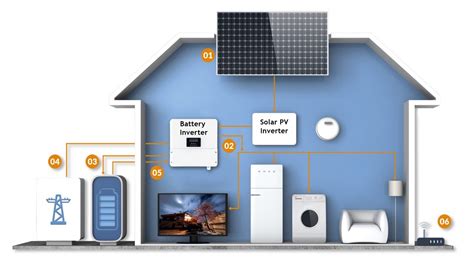 Solar Energy Storage Solutions
22 February 2024 by Admin
Solar Energy Storage Solutions
22 February 2024 by Admin
Solar energy has become an increasingly popular renewable energy source in recent years. As technology continues to advance, more and more homeowners and businesses are turning to solar panels to powe...
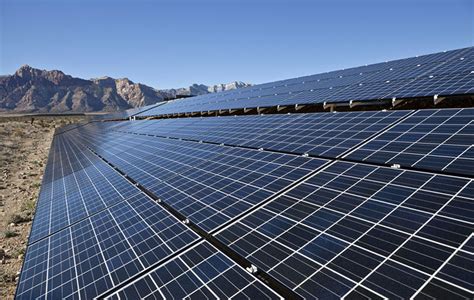 The Role of Solar Energy in Climate Change Mitigation
22 February 2024 by Admin
The Role of Solar Energy in Climate Change Mitigation
22 February 2024 by Admin
Climate change is one of the most pressing issues of our time, with the potential to greatly impact the future of our planet. As global temperatures rise and extreme weather events become more common,...
![Environmental Impact of Solar Energy [Positive/Negative]](/image/blogseasourcedatacom/the-environmental-impact-of-solar-energy.jpg) The Environmental Impact of Solar Energy
22 February 2024 by Admin
The Environmental Impact of Solar Energy
22 February 2024 by Admin
Solar energy is a renewable source of power that has gained popularity in recent years due to its numerous benefits, including reducing reliance on fossil fuels and decreasing greenhouse gas emissions...
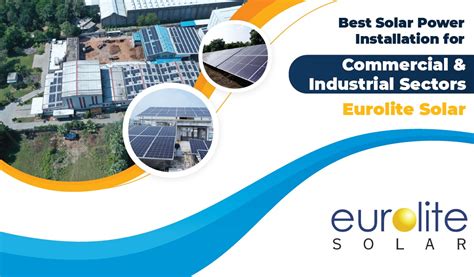 The Role of Solar Energy in Commercial and Industrial Sectors
22 February 2024 by Admin
The Role of Solar Energy in Commercial and Industrial Sectors
22 February 2024 by Admin
Solar energy has become an increasingly popular source of renewable energy in recent years, particularly in the commercial and industrial sectors. With advancements in technology and decreasing costs,...
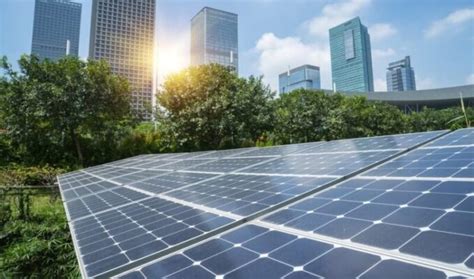 The Application of Solar Energy in Residential Settings
22 February 2024 by Admin
The Application of Solar Energy in Residential Settings
22 February 2024 by Admin
Solar energy is a renewable source of energy that has gained popularity in recent years due to its numerous benefits, including its low environmental impact and potential cost savings. In residential ...
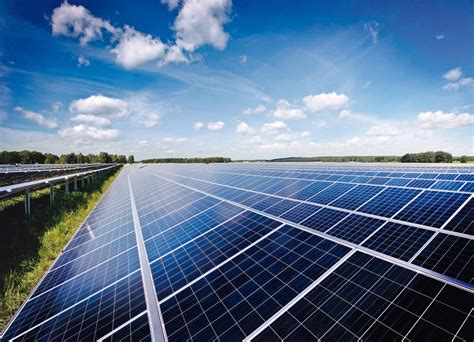 Photovoltaic Technology: How Solar Cells Work
22 February 2024 by Admin
Photovoltaic Technology: How Solar Cells Work
22 February 2024 by Admin
Photovoltaic technology, also known as solar cell technology, is a renewable energy source that converts sunlight into electricity. Solar cells are made of materials that exhibit the photovoltaic effe...
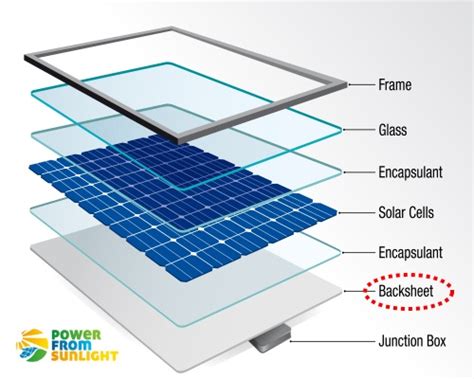 The Components and Construction of Solar Panels
22 February 2024 by Admin
The Components and Construction of Solar Panels
22 February 2024 by Admin
Solar panels are an essential part of renewable energy systems, converting sunlight into electricity. Understanding the components and construction of solar panels is crucial for anyone looking to inv...
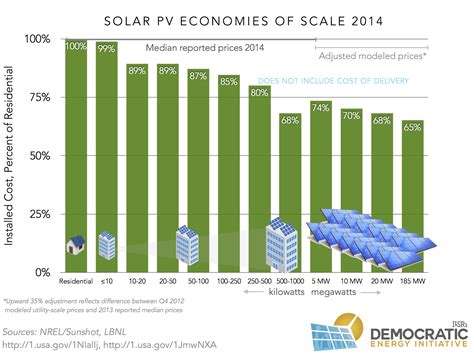 The Economics of Solar Power Costs and Benefits
22 February 2024 by Admin
The Economics of Solar Power Costs and Benefits
22 February 2024 by Admin
As the world continues to face pressing environmental challenges, the need for renewable energy sources has become more urgent than ever. Solar power, in particular, has emerged as a promising alterna...
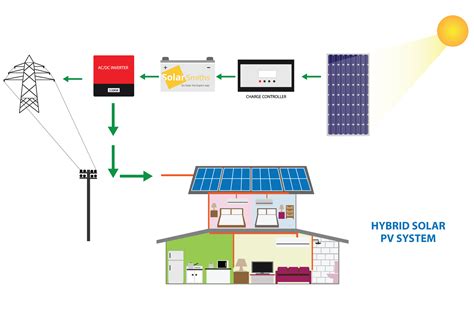 Types of Solar Power Systems
22 February 2024 by Admin
Types of Solar Power Systems
22 February 2024 by Admin
Solar power systems are becoming increasingly popular as a renewable energy source. There are several different types of solar power systems available, each with their own unique features and benefits...
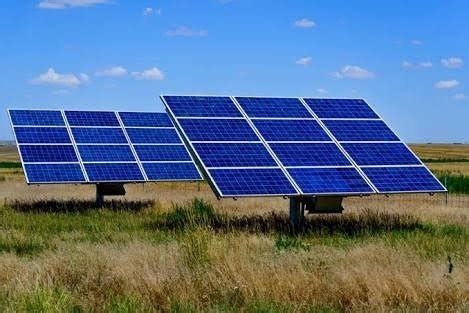 Solar Power in Developing Countries
22 February 2024 by Admin
Solar Power in Developing Countries
22 February 2024 by Admin
Solar power, also known as solar energy, has become an increasingly popular source of renewable energy in developing countries. With the advancement of technology and the decreasing costs of solar pan...
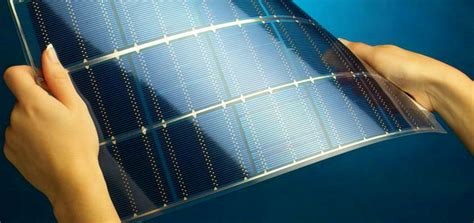 Advancements in Solar Technology
22 February 2024 by Admin
Advancements in Solar Technology
22 February 2024 by Admin
Solar technology has come a long way in recent years, with new advancements being made constantly to improve efficiency, affordability, and accessibility. From advancements in solar panel technology t...
 Harnessing the Power of the Sun: A Sustainable Energy Solution
22 February 2024 by Admin
Harnessing the Power of the Sun: A Sustainable Energy Solution
22 February 2024 by Admin
The sun has long been a powerful source of energy for our planet. From providing warmth and light to supporting the growth of plants through photosynthesis, the sun plays a crucial role in sustaining ...